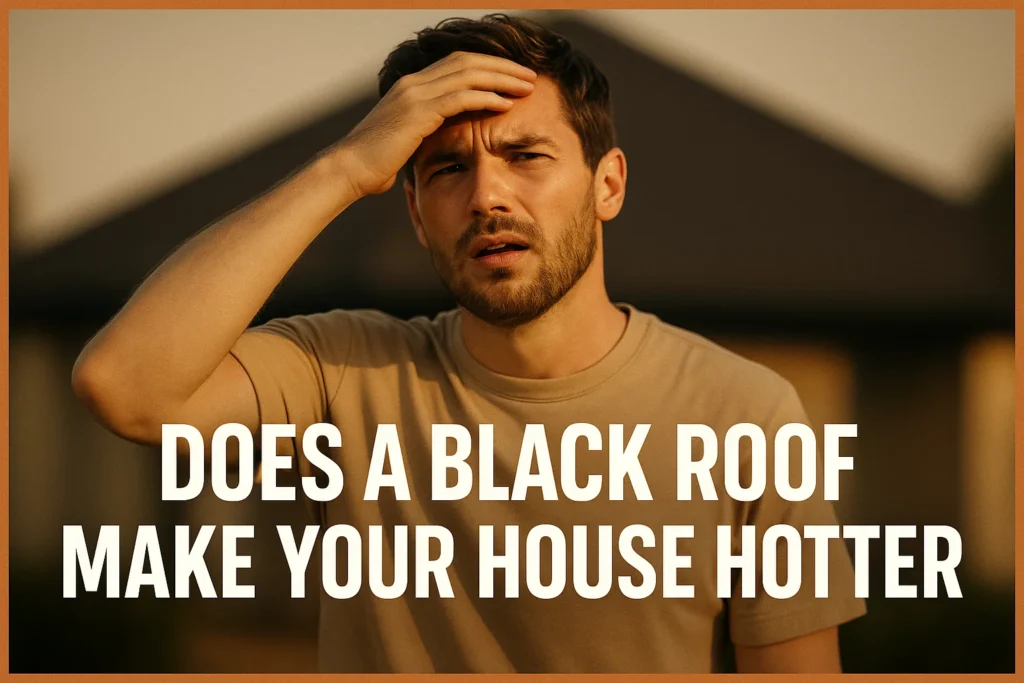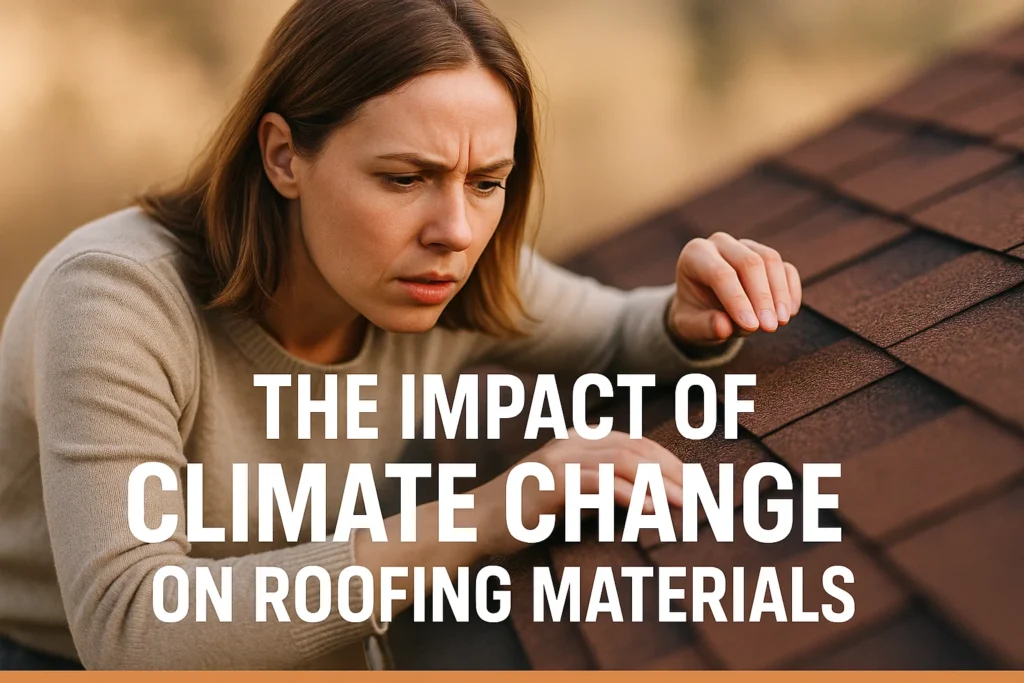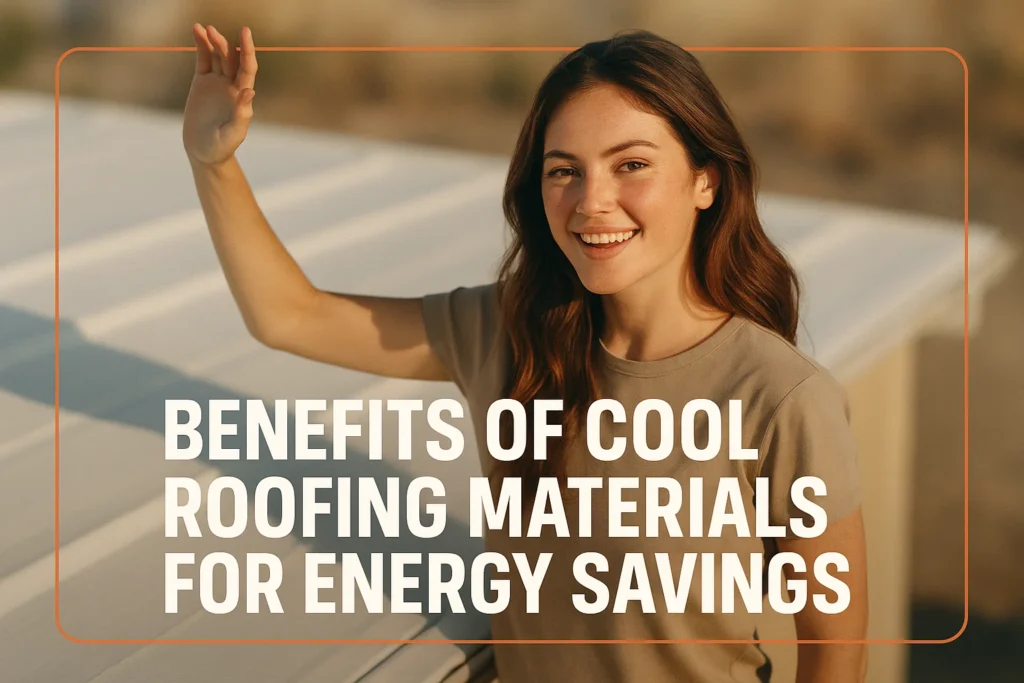When deciding on roofing materials, lots of homeowners question does a black roof makes your house hotter. Or, does the color of shingles influence interior temperature? It’s an important question because roofing options influence energy costs and comfort. It would be natural to say that black or dark shingles contribute to the heat inside your home, as dark colors absorb more sunlight. Moreover, it depends on several things like roofing material, insulation, ventilation, and climate. Here, in this guide, we discuss how roofing color impacts heat absorptiveness and how to balance style and energy efficiency.
How Roof Color Affects Heat Absorption
The color of your roof is also one of the elements that decides how much of the solar radiation it absorbs or reflects. If it is black or very dark, it is soaking up extra sunlight and converting that sunlight to heat. The surface of the roof will not get as hot if it is lighter — that is, light gray instead of black.
- Dark (or “black”) roofs: These absorb around 80-90% of the sun, and in turn heat the roof.
- Light Roofs: Reflecting 60-80% of the sun’s heat energy — be cool!
What’s a factor that would influence the temperature of the roof and of the attic space beneath it? Without good insulation and ventilation, some of this heat can seep out of the attic and into the living spaces of the house, where it can make the home hotter and lead to higher air-conditioning costs on hot days.
Do Black Roofs Make Your House Hotter?
Yes, black roofs absolutely store more heat and you could make the case that they are the hottest surface other than a white roof. And that excess heat can raise indoor temperatures too, especially in sultry locations or seasonally in the summer, which could drive up air conditioning usage and energy costs.
But just how much hotter does a black roof make your house, and what other considerations are there?
- Type of Roof Material: A metal or tile-like material, which reflects the infrared light to minimize the amount of heat the brown and black shingles will absorb.
- Insulation and Ventilation: Adequate insulation and ventilation in the attic reduce the amount of heat that is transmitted from the roof to living spaces.
- Climate: In colder climates, a black roof may help you save on heating bills in the winter if it absorbs more solar heat.
- White or “cool” roof coatings: These will be applied to low-sloped, dark roofs to add reflectivity and reduce surface temperature in a quick, easy way.
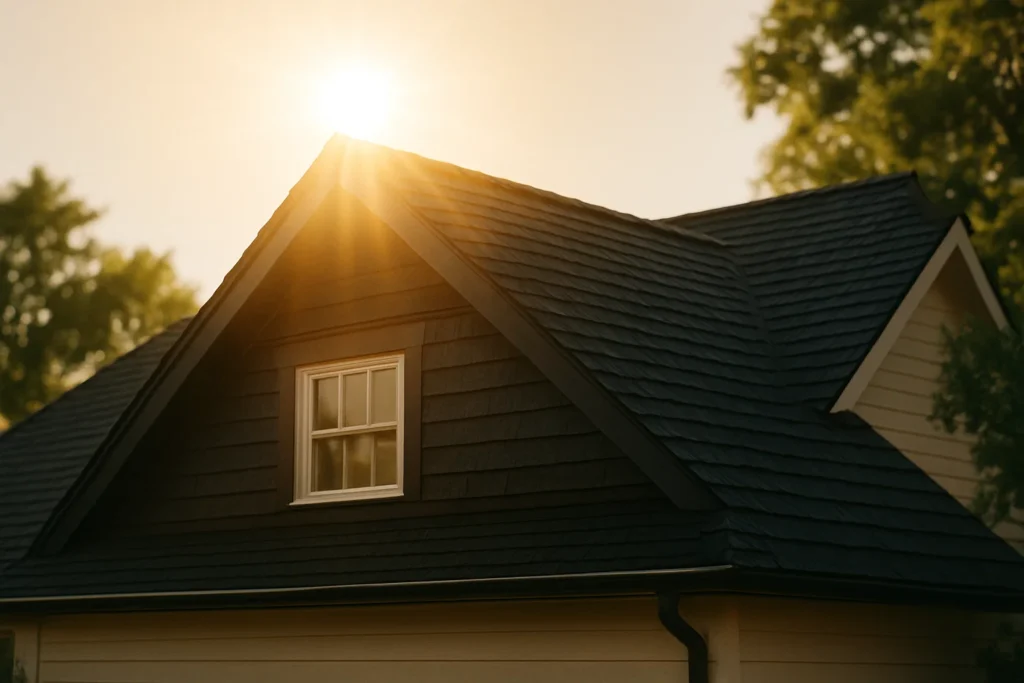
Light vs Dark Shingles: Pros and Cons
| Factor | Light Shingles | Dark Shingles |
| Heat Absorption | Reflect more sunlight, stay cooler | Absorb more sunlight, get hotter |
| Energy Efficiency | Reduce cooling costs in warm climates | Useful in cold climates to retain heat |
| Aesthetic Appeal | Bright, clean appearance | Rich, classic look hides stains |
| Cost | Comparable to dark shingles | Comparable to light shingles |
| Maintenance | Shows less heat-related wear | May require more cooling assistance |
Do Dark Shingles Make a House Hotter?
Some homeowners question whether dark shingles not only black, but dark browns, grays and more, will cause their homes to get too hot. Yes, but it’s not a simple yes or no: Dark shingles do absorb more heat than light ones, and some of that heat is indeed transferred onto the surface of the roof over which they are suspended, warming the roof as a whole.
Cool, right?it perhaps Does the color of shingles affect the temperature? It is a common query. It does, though you could also be thinking of the:
- Shingle composition: Synthetic or special reflective profiles that block the absorption of heat.
- Installation quality: Shingles that are quality and properly installed, underlayment that, as it should, could add to your energy efficiency bottom line as well.
- Roof pitch: A steep roof allows heat to slough off more easily.
How Black Shingles Affect Home Temperature and Energy Use
Yes, black shingles are warmer (like vs cooler) and they make the house hotter. The key considerations include:
- Impact on indoor temperature: With an ill-insulated, poorly-ventilated roof, black shingles can bring your indoor temperature through the roof.
- Energy use: If your house requires a larger amount of cooling, you may be headed for expensive summer electric bills.
- Overall comfort: Even if you don’t need to cool your house down, if your roof is dark, it’s going to soak up more heat and bring the house to a temperature that is less comfortable. If it’s well insulated, upper floors might also get a bit on the warm side.
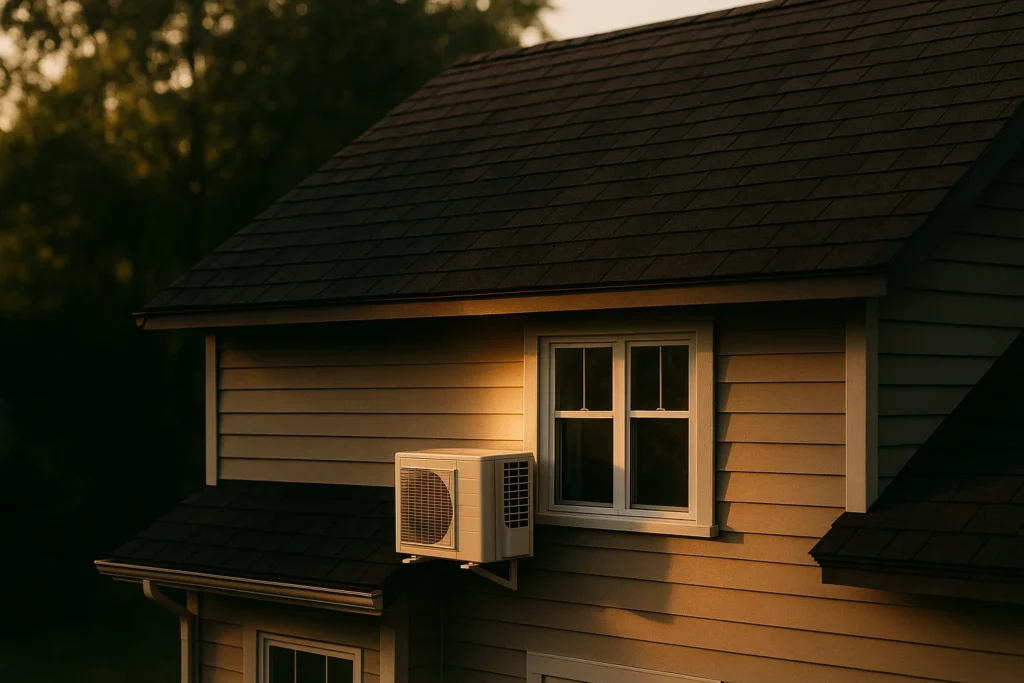
How to Choose a Shingle Color That Works for You
And the same is true about choosing shingle colors – it’s an art and science combined, you need to get a mix of both:
- Climate: Light colored shingles make sense for a hot climate, or dark colored ones for a cool one.
- Energy goals: Try to find cool roofing shingles that are either ENERGY STAR certified or that have particularly reflective granules in the lightest color available.
- Budget: Consider the long-term savings in energy use, not your out-of-pocket costs.Personal preference: Ensure the color complements your home’s curb appeal and is appropriate for the neighborhood.
Conclusion:
A black roof makes the house hotter, but just because dark colours absorb more solar heat doesn’t mean that a white roof won’t help to keep a house cooler, other than black absorbing and keeping in even more heat, as discussed throughout the article. If you want a dark roof but want to minimize the heat it absorbs, try cool roof coatings, high-quality attic insulation, or certain newer types of energy-efficient roofing material that reflect more infrared rays. On the other hand, if you live down south and need to minimize heat gain in the summer, light colored shingles start to make more sense.
Frequently Asked Questions (FAQs):
Not always. You can also minimize the transfer of heat into the house with the right amount of insulation and ventilation, regardless of the color of your roof.
Certainly, dark roofs absorb more heat overall, but in cold climates, there could be situations when absorbing heat in the winter reduces the need for heating, for example, when they are desirable.
Yes, cool roof coatings are reflective, and they can aid in keeping dark shingles cool.
White shingles can also help pare cooling costs in warm climates. But the savings could fluctuate based on that insulation and overall home efficiency.
The roof itself is the appearance that differs, but some features are linked such as color, which can add value to your home.
However, a darker shingle will also get lighter and lose granules over time and a good quality roofing shingle minimize this effect.


